Search
Search Results

Definition
Europe
Europe is a continent forming the westernmost part of the land mass of Eurasia and comprised of 49 sovereign states. Its name may come from the Greek myth of Europa, but human habitation of the region predates that tale, going back over 150,000...
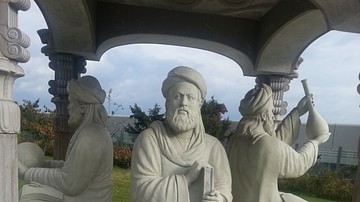
Article
Ibn Sina, Biruni, and the Lost Enlightenment
Ibn Sina and Biruni were two of the most outstanding thinkers to have lived between ancient Greece and the European Renaissance. These two giants of a lost era of enlightenment were born in Central Asia about the year 980. For six hundred...
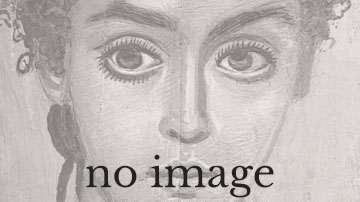
Interview
Interview with Simon from Lithodomos VR
In this interview, Ancient History Encyclopedia is talking to Simon Young, the founder of Lithodomos VR, which is a company based in Melbourne, about their new platform Ancient World! Simon (Lithodomos VR): Hi, Kelly. It is great to be here...
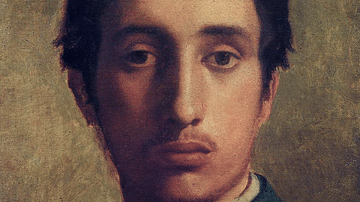
Definition
Edgar Degas
Edgar Degas (1834-1917) was a French impressionist painter who used many different media to capture dancers, bathers, horse races, and scenes from Parisian café society. A keen photographer, Degas' paintings frequently show real-life captured...
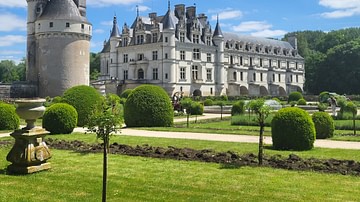
Definition
Château de Chenonceau
The Château de Chenonceau, picturesquely located astride the river Cher, in the Loire Valley town of Chenonceaux, France is a magnificent Renaissance-style building also known as le "Château des Dames" (the Ladies' Castle). Passing from hand...
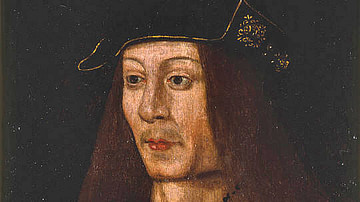
Definition
James IV of Scotland
James IV of Scotland ruled as king from 1488 to 1513. He succeeded his father James III of Scotland (r. 1460-1488) and became one of the most popular of the Stuart kings. James sought to apply justice in every corner of his realm, he created...

Definition
Hans Holbein the Younger
Hans Holbein the Younger (c. 1497-1543 CE) was a German Renaissance painter who is most famous for his portraits. A versatile artist and superb draughtsman, Holbein was accomplished in different mediums from woodcut engravings to murals...

Definition
Thomas Middleton - Master of Jacobean Comedy and Tragedy
Thomas Middleton (1580-1627) was a poet and playwright of the English Renaissance, who flourished during the Jacobean Era (1603-1625). One of the most successful dramatists of his time, he often collaborated with other playwrights, including...
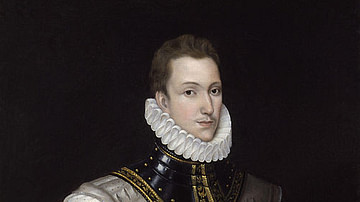
Definition
Philip Sidney - The Gentleman-Poet of Elizabethan England
Sir Philip Sidney (1554-1586) was an English poet, scholar, soldier, and courtier, one of the most prominent figures at the court of Queen Elizabeth I of England (r. 1558-1603). During his lifetime, he was revered as the ideal Elizabethan...
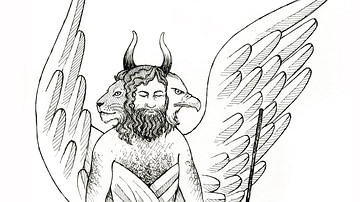
Definition
Cherub
A cherub (pl. cherubim) was a divine being who dwelt in the heavenly realm of the gods, either as a servant or a mediator between humans and the divine. The word most likely derived from the Akkadian karabu ("to bless"). The cherubim are...